

Soft rooms reward careful choices that tame echoes without sacrificing style. Walls become partners when textures absorb stray energy and then return clean speech. Thoughtful shapes turn hard zones into calm spaces for talk or music. Color helps guide the eye while depth controls shimmer near bright surfaces. Simple planning makes setup smooth so every piece supports the goal. Begin with a clear purpose for voice clarity or relaxed tunes. Note the size of the space, then match coverage to the need. With steady steps your space gains a balanced tone plus a graceful visual story.
Quiet Foundations
Start with the room purpose then choose a thickness that suits common sound issues. Shallow pieces soften chatter, while deeper cores tame stronger reflections near corners. Fabrics shift mood so pick colors that fit furniture or art nearby. Place the first pieces at ear height to catch early reflections along seated paths. Sound panels offer a fast route from harsh to clear without heavy building work. Measure small first, then expand coverage after a week of simple listening tests.
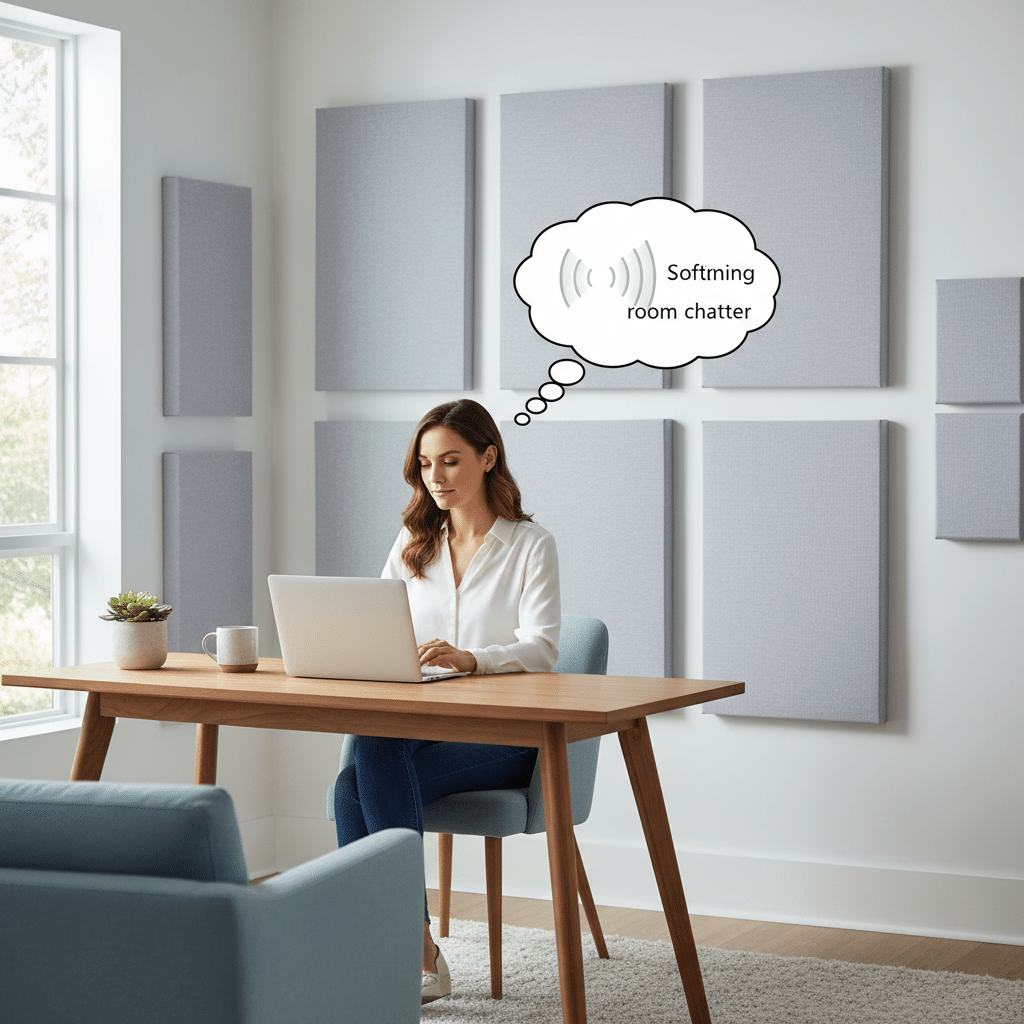
Style Choices
A short note sets the stage for visual selection that supports calm audio goals. The points below help you blend function with shape color texture for harmony.
- Choose geometric sets for clean lines that echo modern furniture with quiet grace
- Pick organic curves for soft flow that relaxes sight during longer sessions
- Mix light tones for open feel that brightens walls without glare or stress
- Try deep hues for focus zones that frame screens while cutting stray noise
- Use textile textures that add depth while reducing shine from strong lamps
- Repeat a color thread so separate panels read like one thoughtful composition
Material Basics
Core density shapes performance so read ratings before placing an order. Semi rigid fiber handles wide bands of chatter while staying light during setup. Mineral options bring steady behavior across seasons with minimal change. Fabrics must breathe so air moves through rather than bouncing back. Frames should stay square to prevent gaps that leak energy near edges. With solid parts, your panels hold shape for years of regular use.

Placement Rules
Here is a short guide before the list which covers location for best results. These steps give clear moves for first setups across most common rooms today.
- Treat first reflection points beside seating so voices stay crisp during talk
- Add ceiling spots above listening lines to calm flutter that blurs high notes
- Place pairs behind speakers to clean projection that often blooms near walls
- Soften rear wall with a grid that reduces slap while keeping space lively
- Guard corners with thicker units to absorb low boom that hides detail
- Leave small gaps behind panels which boosts capture without extra thickness
Care Routine
Dust dulls fabric so plan gentle cleaning with a soft brush weekly. Occasional light vacuum passes remove lint from weave while keeping color fresh. Avoid harsh sprays that seal pores since breathability powers absorption. Rotate pairs each season to even wear where the sun touches one side more. Check mounts twice yearly for tightness so frames stay true on busy walls. Good care keeps performance steady while the surface remains gallery ready.
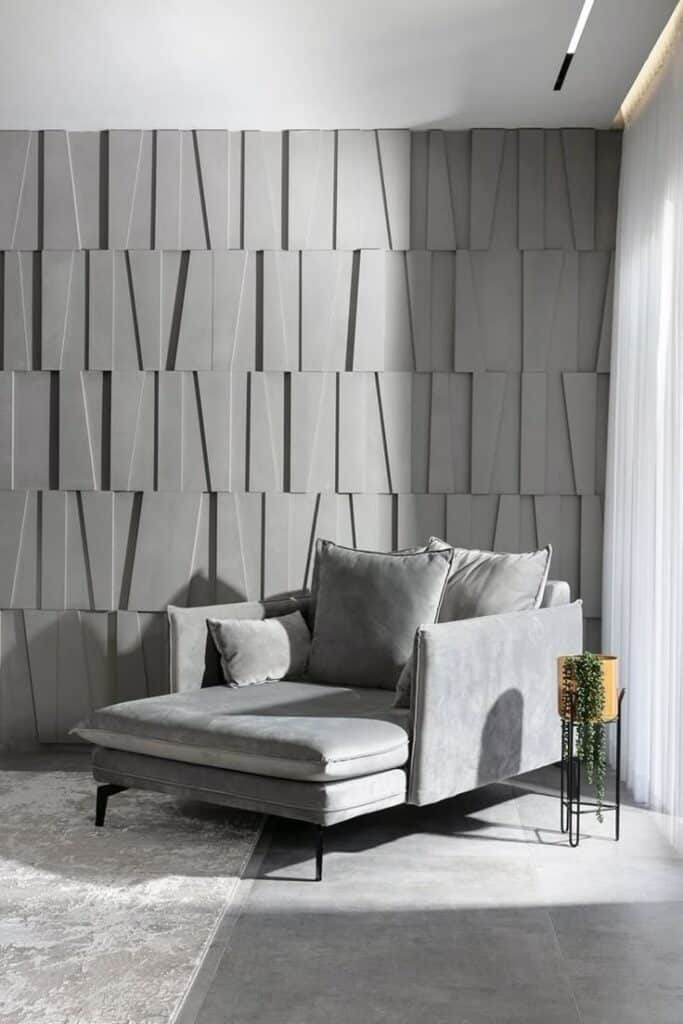

Install Steps
- Mark centerlines with tape so rows stay level through the whole arrangement
- Pre-drill anchors for reliable hold, which prevents sag during warm months
- Use two hooks per piece for stability that stops tilt on textured paint
- Hang from eye level outward to lock sight lines before filling corners
- Test echo with claps between steps, then adjust spacing for best clarity
- Photograph the grid for records which helps future moves or quick repairs
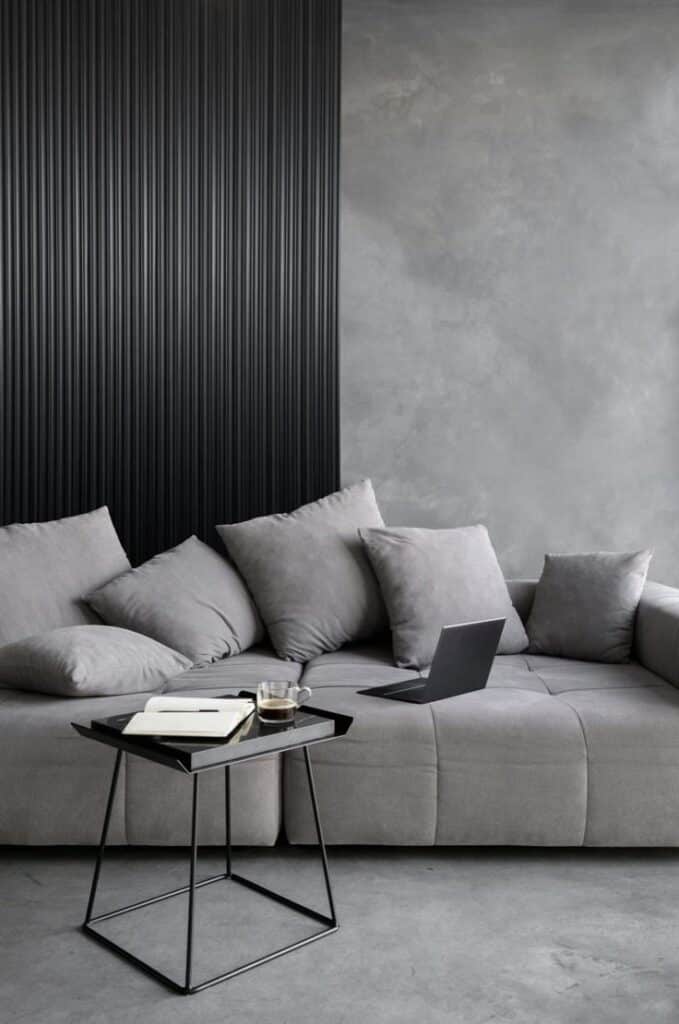
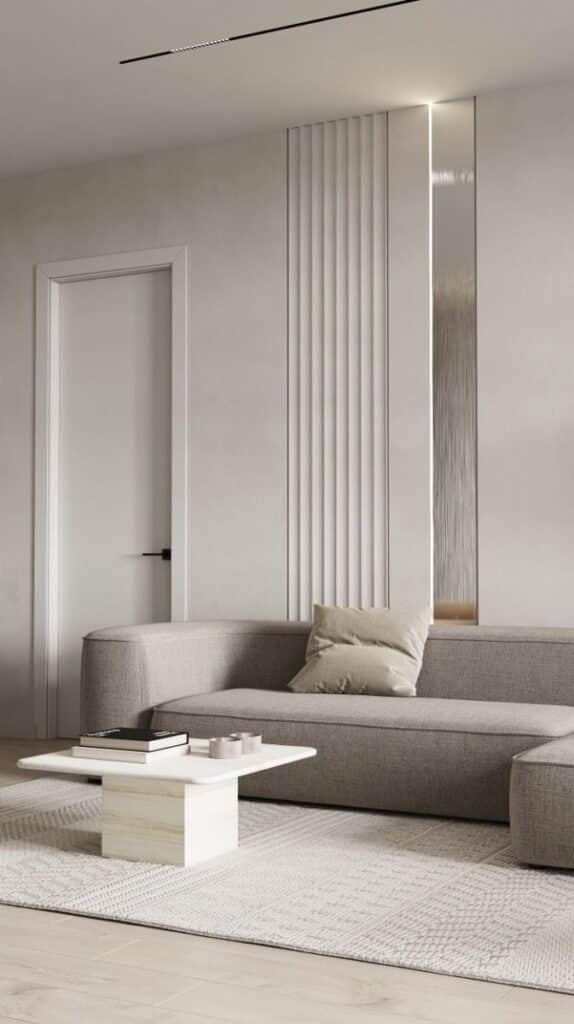
Budget Tips
Small choices stretch funds while keeping quality near target for real rooms. These ideas protect costs yet deliver steady gains across the calendar year.
- Start with a pilot set then expand once listening tests confirm best spots
- Combine ready pieces with framed fabric art for mixed function that saves cash
- Choose standard sizes since custom cuts raise price without large performance gains
- Watch seasonal deals for fabric options that match planned color stories well
- Reface older cores with new cloth to refresh style while keeping sound control
- Share spares with friends so mistakes become swaps rather than wasted parts
Calm Finish
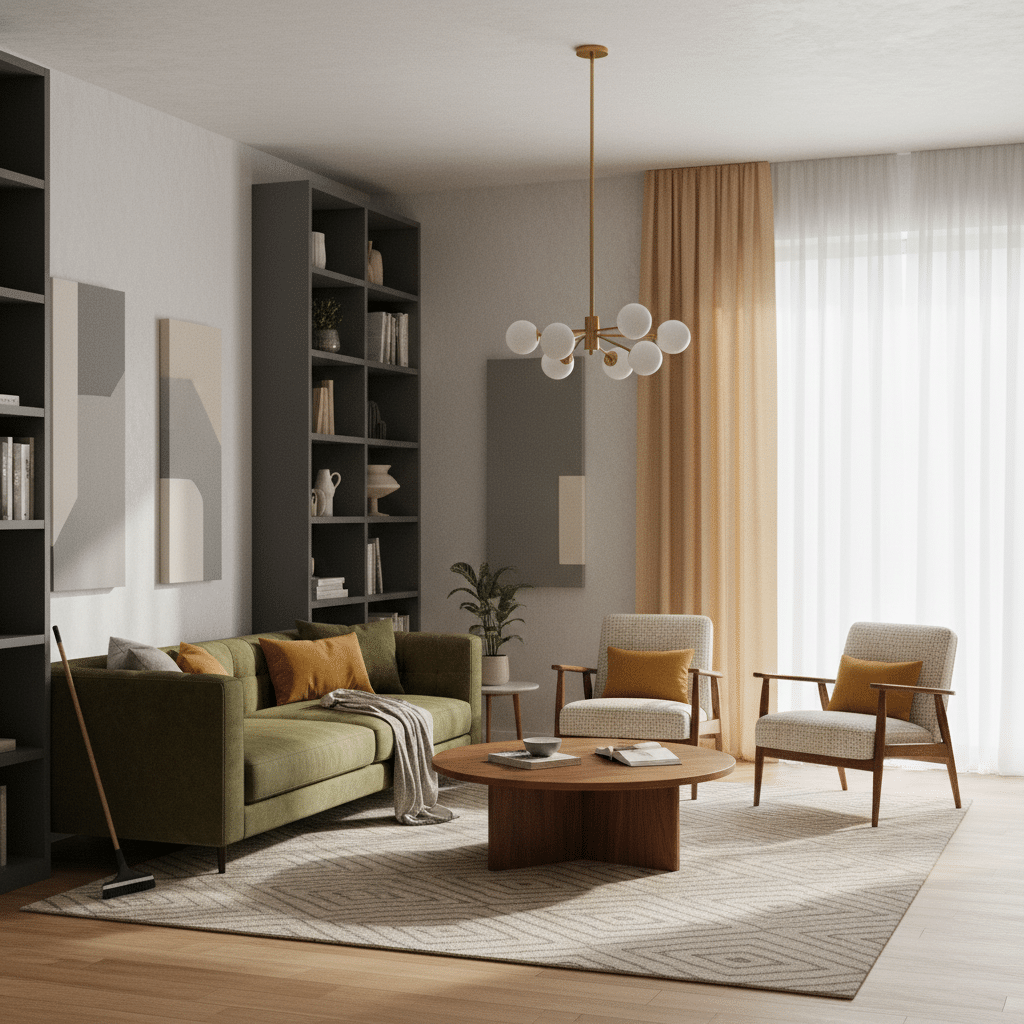
Rooms shine when tone meets taste through careful layout plus mindful care. Select sizes that fit the purpose, then place pieces at key reflection zones. Fabrics guide the eye, while cores handle chatter without heavy labor. Keep dust away with light tools so surfaces stay neat during busy weeks. Rotate pairs to balance sun exposure, which protects color for longer periods. Measure results with short claps, then fine-tune gaps until voices sit forward. With practical steps Sound panels turn rough corners into inviting places for talk or music.
- 0shares
- Facebook0
- Pinterest0
- Twitter0



